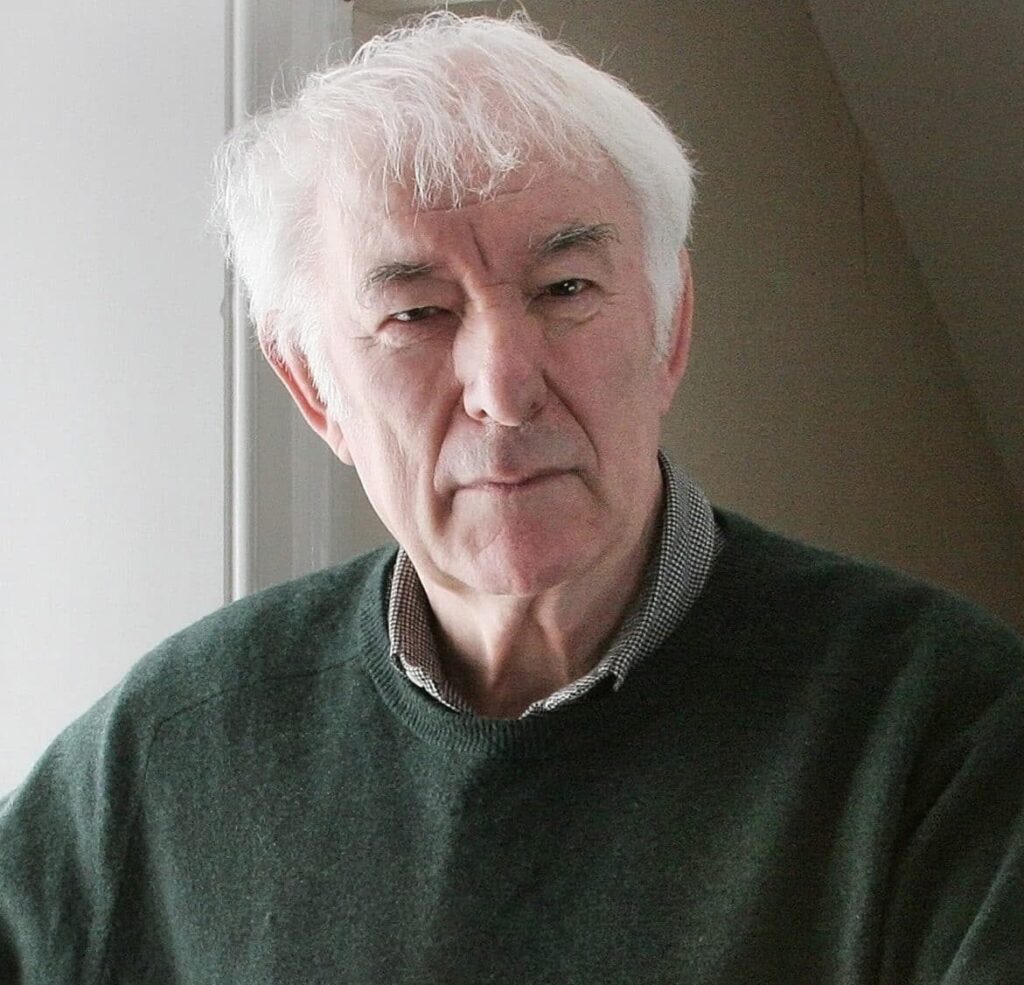Seamus Heaney: A Complete Biography of Ireland’s Nobel Laureate
Introduction
Contents
- Early Life and Influences of Seamus Heaney
- Seamus Heaney's Major Works and Literary Style
- 1. Death of a Naturalist (1966) – The Breakthrough
- Notable Poems from "Death of a Naturalist"
- 2. North (1975) – Irish History and Mythology
- Notable Poems from "North"
- 3. Field Work (1979) – Personal and Political Turmoil
- 4. Station Island (1984) – A Poetic Pilgrimage
- 5. The Spirit Level (1996) – Nobel Prize-Winning Collection
- Literary Themes and Poetic Style
- Seamus Heaney's Nobel Prize and Later Years
- FAQs About Seamus Heaney
Seamus Heaney stands as one of the most revered poets of the 20th century, leaving behind a literary legacy that continues to inspire. Known for his profound connection to Irish identity, history, and rural life, Heaney masterfully blended personal experience with universal themes. His poetry resonates deeply, offering rich imagery, musicality, and philosophical depth. Awarded the 1995 Nobel Prize in Literature, Heaney's work remains widely studied and celebrated worldwide.
This article provides a comprehensive look at Heaney’s life, major works, literary themes, influence, and enduring legacy.

Early Life and Influences of Seamus Heaney
Childhood in Northern Ireland
Seamus Heaney was born on April 13, 1939, in Mossbawn, near Castledawson, County Derry, Northern Ireland. He was the eldest of nine children in a Catholic farming family. His father, Patrick Heaney, was a cattle dealer, while his mother, Margaret Kathleen McCann, came from a family linked to the local linen industry.
Growing up in rural Northern Ireland, Heaney was immersed in the natural world—the sights, sounds, and rhythms of farm life. These early experiences profoundly shaped his poetic vision, evident in many of his most famous works.
Education and Literary Awakening
- Anahorish Primary School → Early exposure to storytelling and language
- St. Columb’s College, Derry (scholarship) → Discovered literature and poetry
- Queen’s University Belfast (1957-1961) → Studied English Language & Literature
At Queen’s University, Heaney was exposed to great poets like Patrick Kavanagh, Gerard Manley Hopkins, and W. B. Yeats, who influenced his poetic style. He was particularly drawn to the symbolism and realism of Irish poetry.
Early Career & Literary Breakthrough
After graduation, Heaney worked as a teacher and lecturer, gradually gaining recognition for his poetry. His first collection, “Death of a Naturalist” (1966), was met with critical acclaim, marking the beginning of his rise to literary fame.
Seamus Heaney's Major Works and Literary Style
1. Death of a Naturalist (1966) – The Breakthrough
This debut collection established Heaney’s poetic voice, blending childhood memories with reflections on nature. The title poem, Death of a Naturalist, reflects a loss of innocence, a recurring theme in his work.
Notable Poems from "Death of a Naturalist"
- Digging → A tribute to his farming heritage and a metaphor for his writing process
- Blackberry-Picking → A meditation on fleeting joys and inevitable decay
- Mid-Term Break → A poignant reflection on loss and grief
2. North (1975) – Irish History and Mythology
North is one of Heaney’s most politically charged works, drawing parallels between Viking invasions and the Troubles in Northern Ireland.
Notable Poems from "North"
- Punishment → A commentary on violence, betrayal, and societal judgment
- The Grauballe Man → Inspired by the discovery of preserved bog bodies
- Viking Dublin: Trial Pieces → Examines Ireland’s historical identity
3. Field Work (1979) – Personal and Political Turmoil
Written after Heaney moved to the Republic of Ireland, this collection explores personal loss, exile, and the tension between past and present.
4. Station Island (1984) – A Poetic Pilgrimage
A major work that blends autobiography, spirituality, and artistic reflection. The title sequence, Station Island, is a metaphor for Heaney’s personal and poetic journey.
5. The Spirit Level (1996) – Nobel Prize-Winning Collection
Heaney’s post-Nobel collection, reflecting on balance, conflict resolution, and personal growth.
Literary Themes and Poetic Style
1. Irish Identity and Heritage
Heaney’s poetry often grapples with Irish history, national identity, and cultural heritage. His work resonates deeply in post-colonial studies.
2. Nature and Rural Life
Many of his poems evoke the landscape of Northern Ireland, drawing vivid imagery from farming, seasons, and the land.
3. The Troubles and Political Conflict
Heaney never aligned with any political ideology, but his poetry subtly explores the human cost of sectarian violence.
4. Family, Memory, and Loss
From personal reflections on childhood (Digging, Mid-Term Break) to grief and aging, Heaney’s poetry is deeply intimate.
Seamus Heaney's Nobel Prize and Later Years
Winning the Nobel Prize (1995)
Heaney was awarded the Nobel Prize in Literature for:
"Works of lyrical beauty and ethical depth, which exalt everyday miracles and the living past."
The prize brought global recognition, cementing his status as a literary giant.
Final Years and Legacy
- Continued writing and lecturing until his death in 2013
- His final collection, Human Chain (2010), was hailed as a masterpiece
- Today, his work is studied worldwide, and he remains one of the greatest poets of modern literature
FAQs About Seamus Heaney
1. What is Seamus Heaney’s most famous poem?
Digging is often considered his most famous poem, reflecting on heritage and poetic ambition.
2. Why did Seamus Heaney win the Nobel Prize?
He won for his lyrical beauty, depth, and exploration of history, identity, and human experience.
3. What themes are common in Heaney’s poetry?
Heaney frequently explored nature, Irish identity, history, family, and personal loss.
4. How did Seamus Heaney influence modern poetry?
His rich imagery, mastery of language, and ability to blend personal and historical themes influenced poets worldwide.
5. What is Seamus Heaney’s best poetry collection?
Death of a Naturalist (1966) and North (1975) are considered his greatest works.
6. How did Seamus Heaney die?
He passed away on August 30, 2013, due to complications from a stroke. His final words, sent via text to his wife, were:
"Noli timere" (Latin for "Do not be afraid").
Conclusion
Seamus Heaney's poetry continues to captivate readers across generations. His deep connection to nature, history, and human emotion makes him a timeless literary figure. Whether through his reflections on Irish identity, political conflict, or personal memories, his words remain a guiding light in modern literature.
➡ Interested in Heaney’s work? Start with Death of a Naturalist or Beowulf: A New Translation! 📖
